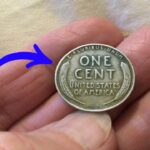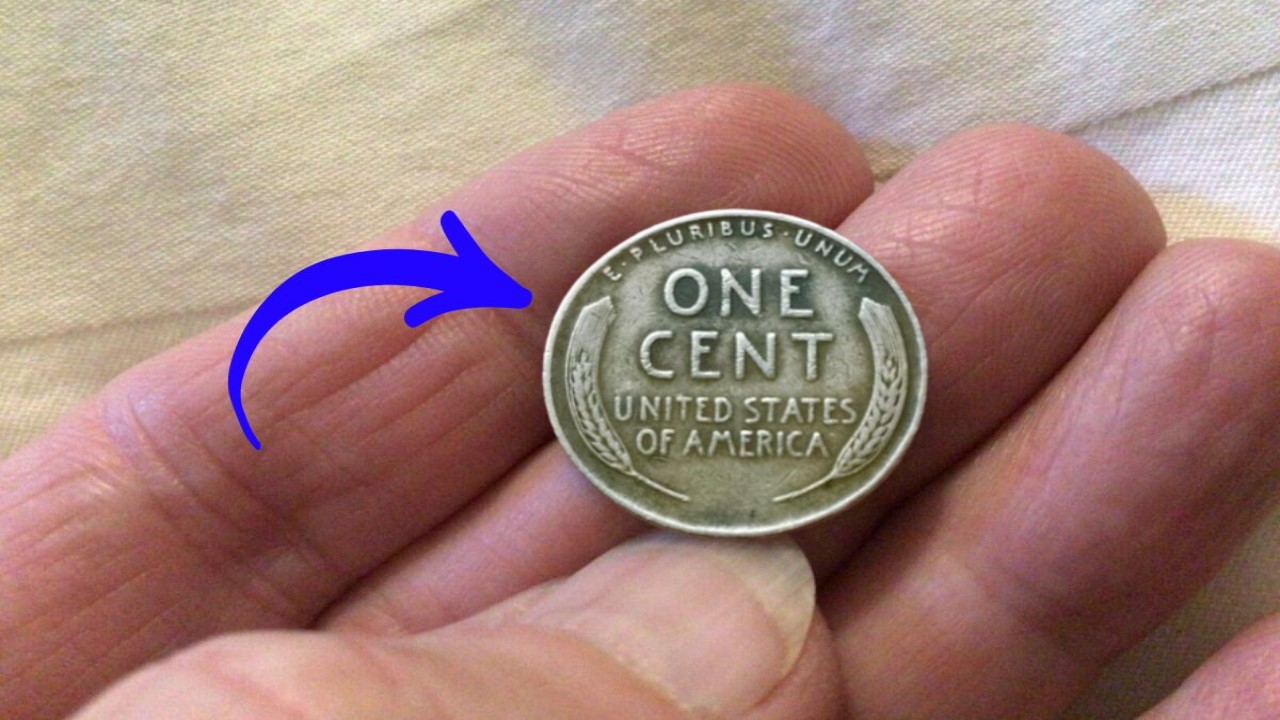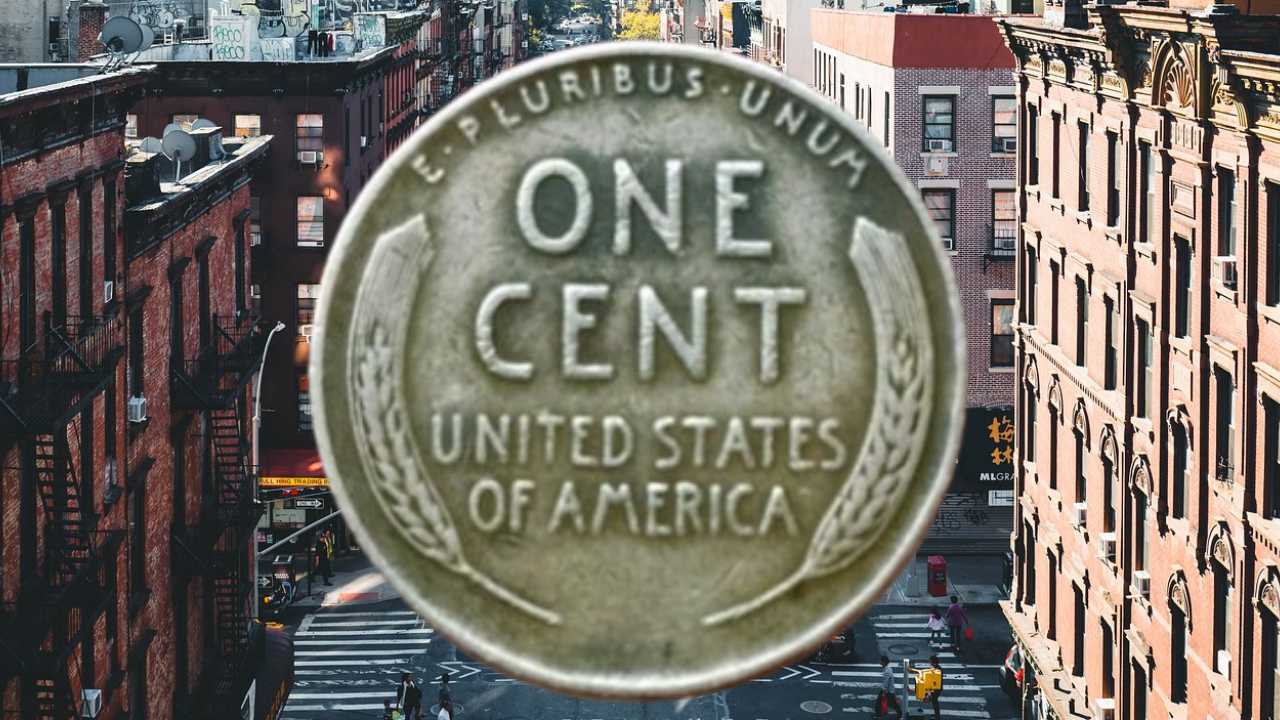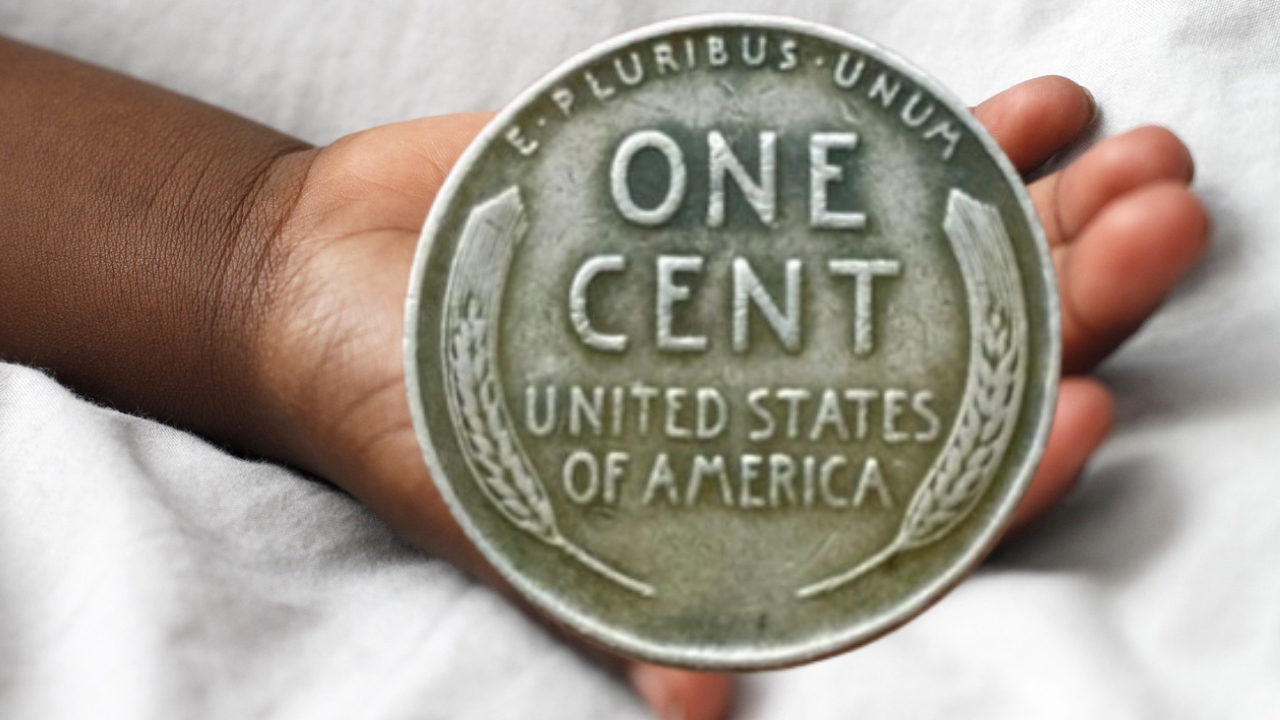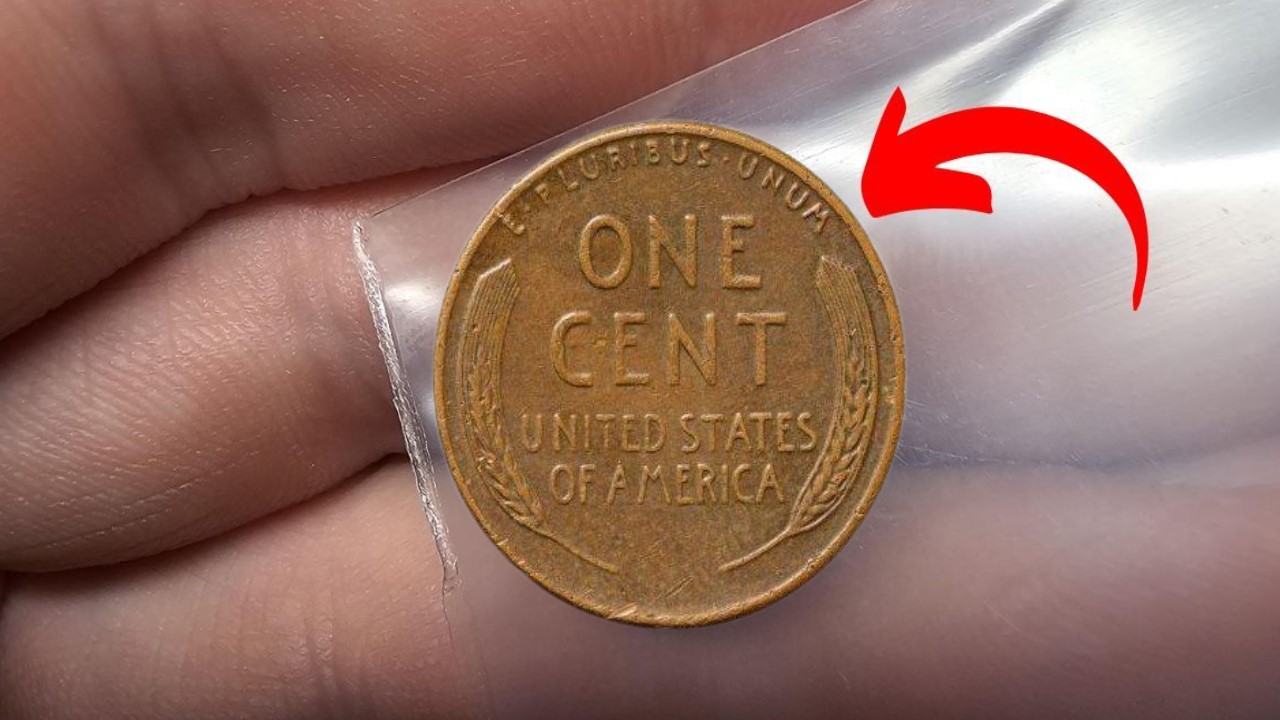The Lincoln Discover $88 Million Wheat Penny Still Circulating in Your Change: Imagine casually finding a penny in your pocket, only to learn it’s worth an astonishing $88 million While this might sound like the plot of a treasure-hunting adventure, it’s actually a reality for some rare coins, like the Lincoln Wheat Penny This iconic coin, minted over a century ago, has become one of the most sought-after collectibles, with certain versions still in circulation today In this article, we’ll explore the captivating history of the Lincoln Wheat Penny, what makes it so valuable, and how you might just be lucky enough to find one.

The History Behind the Lincoln Wheat Penny
The Lincoln Wheat Penny, also known as the Wheat Cent, was introduced in 1909 to commemorate the 100th anniversary of President Abraham Lincoln’s birth This coin marked a significant milestone in U.S. coinage, as it was the first to feature a real person rather than symbolic figures Designed by Victor David Brenner, the front (obverse) of the penny showcases Lincoln’s portrait, while the reverse features two wheat stalks, symbolizing prosperity and abundance-hence the name “Wheat Penny”
Contents
The coin was minted until 1958, when the design shifted to feature the Lincoln Memorial on the back However, the earlier versions, particularly those with rare minting errors or special features, are now highly valued by collectors and continue to intrigue coin enthusiasts.
Why Is This Lincoln Wheat Penny Worth $88 Million?
While most Lincoln Wheat Pennies are worth only a few cents, there are specific rare versions that can fetch millions So, why would someone pay $88 million for a penny? Several factors contribute to the extraordinary value of these coins:
- Rarity The more rare a coin is, the more valuable it becomes Pennies produced in limited quantities, or those with special characteristics, become incredibly rare over time One prime example is the 1943 Bronze Lincoln Wheat Penny Due to wartime shortages of copper, pennies were supposed to be made from steel However, a few bronze versions were mistakenly minted, making them extremely rare and highly valuable today
- Minting Errors Mistakes made during the minting process, such as double strikes, off-center prints, or coins struck with incorrect materials, can greatly increase a coin’s value Because these errors are typically unintentional and rare, collectors are often willing to pay top dollar for them
- Condition (Grading) The condition of a coin plays a vital role in determining its worth Coins that are well-preserved, with sharp details and no visible signs of wear, are considered to be in mint condition and are worth much more than coins with scratches, fading, or other forms of wear
- Historical Significance Coins connected to significant historical moments or figures often carry additional value The Lincoln Wheat Penny, associated with one of the most revered American presidents, holds historical importance, further enhancing its appeal to collectors.
The $88 Million Lincoln Wheat Penny: A Real Story
The specific Lincoln Wheat Penny rumored to be worth $88 million is likely a rare version featuring a unique minting error, in near-perfect condition, and possessing extreme rarity While it may seem unbelievable, private collectors with substantial financial resources often pay astronomical prices for rare coins that complete their collections.
Though no official public auction has confirmed such a high price, rare coin sales have reached millions in the past The $88 million valuation is likely based on private sales or speculative estimates, driven by the rarity and condition of the coin.
Could You Have a Valuable Lincoln Wheat Penny?
It’s possible! Lincoln Wheat Pennies are still floating around in circulation, often tucked away in old coin jars, piggy banks, or even in people’s wallets Here’s how to tell if your penny might be worth a fortune:
- Check the Date: Look for coins minted between 1909 and 1958 The 1943 bronze penny or the 1909-S VDB penny are especially valuable
- Look for Minting Errors: Keep an eye out for unusual characteristics like double strikes, off-center designs, or odd coloring, which may signal a rare minting mistake
- Examine the Condition: If your penny appears almost brand new despite its age, it could be worth more
- Check for Mint Marks: The letters “D” (Denver), “S” (San Francisco), or no mint mark (Philadelphia) can indicate rarity, depending on the year
- Consult an Expert: If you suspect you’ve found something valuable, visit a professional coin appraiser or numismatist to get an accurate valuation.
The story of the $88 million Lincoln Wheat Penny serves as a fascinating reminder that treasures may be hidden in the most unexpected places Whether nestled in a dusty old coin jar, mixed in with your spare change, or resting in your wallet, rare coins like the Lincoln Wheat Penny are still out there waiting to be discovered While the odds of finding one are slim, it’s worth checking your change-you never know when you might stumble upon a fortune.
Also Read
